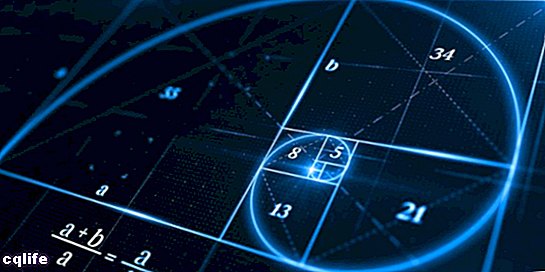We explain what a proportion is and some examples of this equal relationship. In addition, the types of proportionality that exist.

What is a ratio?
In math, is known as proportion to the equality relation that exists between two reasons, that is, between two comparisons between two specified quantities. That is: if a / b is a ratio, then the equality a / b = c / d will be a proportion.
For example: if a business sales of pizza has a profit of $ 15,000 and an expense of $ 5,000, we can say that the business has a ratio of 3. Similarly, if it costs this business $ 20 to make two pizzas (20/2 = 10), so making four pizzas would cost $ 40 (40/4 = 10). If both reasons are expressed in a formula: 20/2 = 40/4. Here is a proportion.
The theorization about this type of relationship was developed in Greek antiquity, and it is attributed to Eudoxio de Cnidos, teacher of the famous Euclid of Alexandria, thanks to whom the teachings of his teacher, collected in book V of the Elements of Euclid.
Types of proportionality
We can say that a proportion occurs in mathematical situations in which the values of two quantities depend on each other in a direct way (direct proportionality). Thus, when one of the values of the relationship increases, the other will also necessarily increase, as is for example the relationship between temperature Y Energy: the higher the temperature, the more energy is recorded and vice versa.
On the other hand, in a relationship in which an increase in one of the terms leads to a decrease in the other, it is said that we are dealing with an inverse proportionality. This can be expressed as that two terms are inversely proportional: when one goes up the other goes down, and vice versa. Such is the relationship between speed and weather: the higher the speed, the shorter the time it will take to reach our destination, and vice versa.
